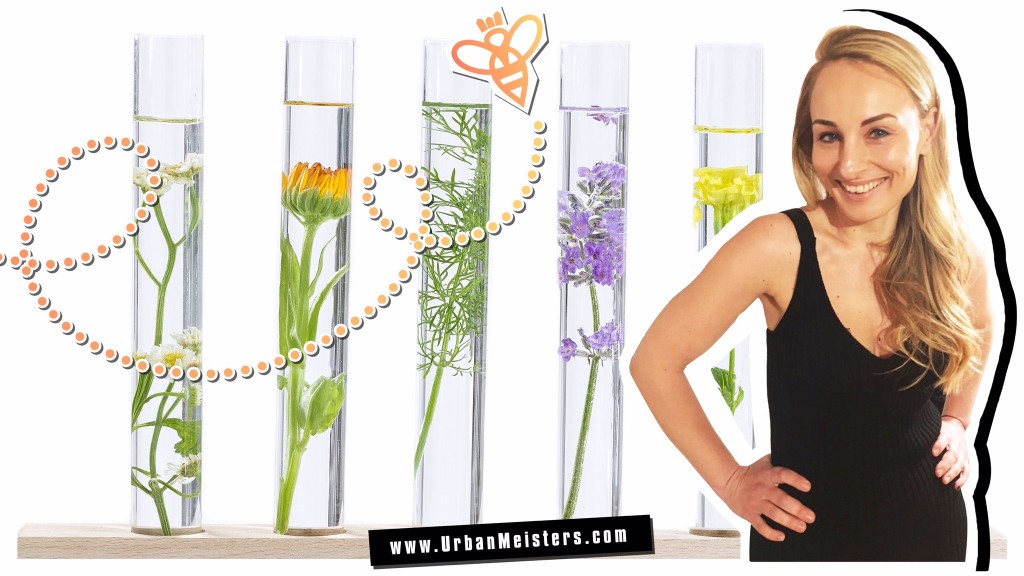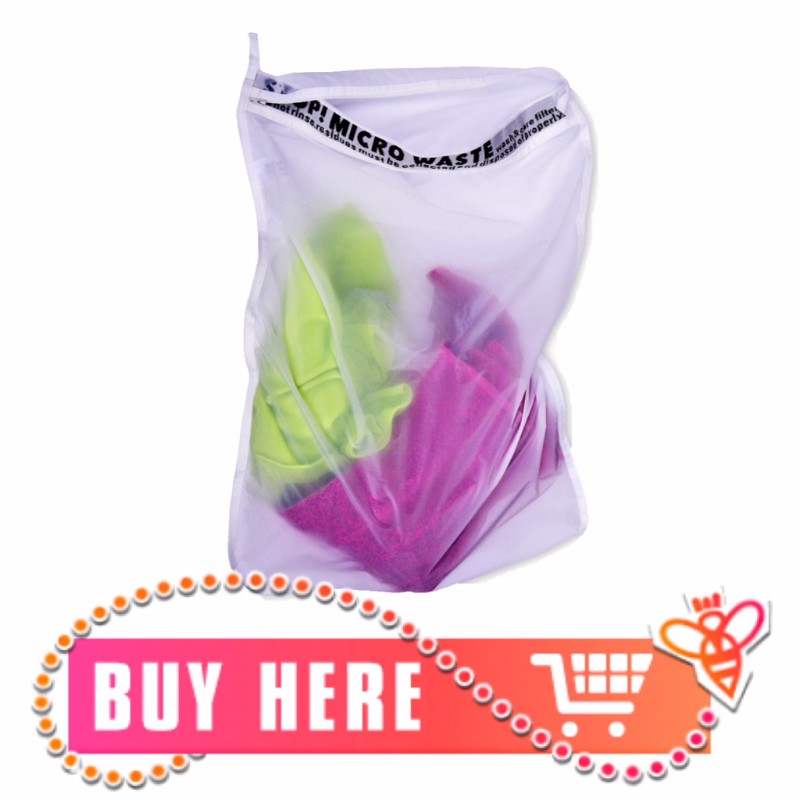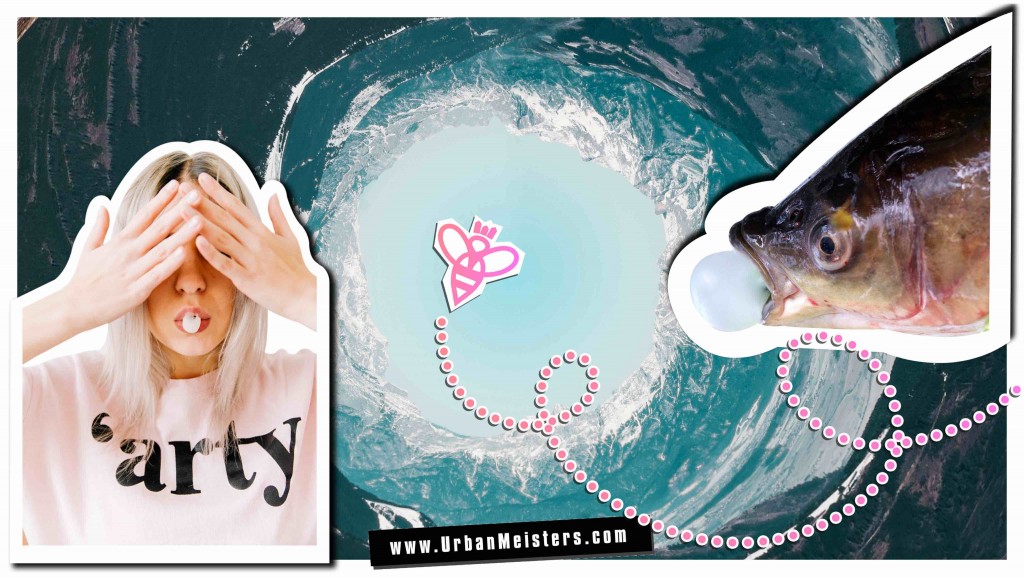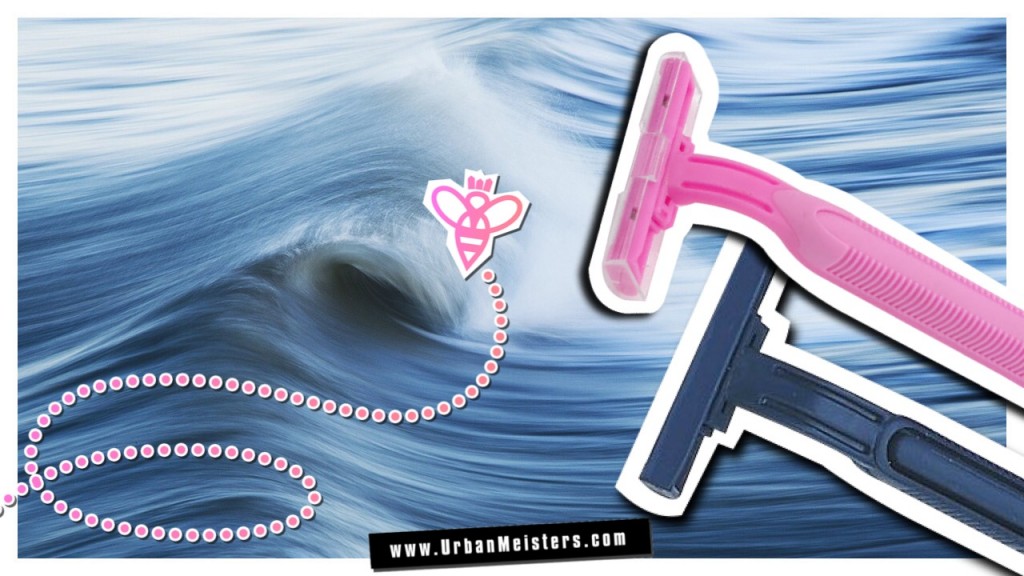Plastic microbeads is one of the most sneaky forms of harmful plastic that we never pay attention to. It is also one of the most harmful agents of marine pollution. What are microbeads? Remember the tiny wonderful ‘cleansing’ beads in your facewash, shower gel, toothpaste and other items of personal care that exfoliate your skin to give you a flawless complexion? It’s also increasingly present in washing detergent. What no one tells you is the not so ‘micro’ problem with microbeads entering our water systems and oceans causing major pollution. Another ‘micro’ element that wreaks havoc in water is microfibers from clothes that run into our water bodies through washing of clothes. So this feature of Save Oceans Guide in partnership with ModestFish.com will take you through another form of plastic and synthetics you never suspect- microbeads and microfibers.
The issue with Microbeads
Over 80% of plastic in the oceans comes from land based activities. Plastic takes thousands of years to degrade and the plastic in oceans often forms huge floating ‘islands’ where currents meet. One of the largest and most infamous plastic island is the Pacific Trash Gyre or the Great Pacific Garbage Garbage Patch in the Pacific Ocean which has a larger surface area than Texas. The action of the sea breaks down plastic into smaller pieces making it particularly deadly for marine life as they mistakenly consume it. As the plastic deteriorates it absorbs other toxins and then enters the food chain, eaten by fish. This seafood can become contaminated with cadmium, mercury and lead and then places humans at risk when eaten.
If you think of just plastic bottles when imagining this plastic menace in the seas, then you’re wrong. Plastic is also entering the ocean as microbeads. These are tiny plastic beads present in many shower gels and toothpastes, and millions of them get washed down the drain and ultimately into the sea every day. These tiny beads can be ingested even by plankton and then move on up through the food chain. The potential risk microbeads pose to marine environments and possibly you are becoming more and more apparent. There is great pressure on governments to take a stand and ban these deadly plastic additions to our oceans before the situation worsens. Many countries have banned microbeads in cosmetics and personal care products like UK. Some retailers have also taken action like Waitrose which has banned sale of items containing microbeads among other steps to control plastic pollution.
The deal with Microfibers
We all know how polluting is the fashion industry- one of the top 3 indutsries in the world causing pollution. Massive textile and resource waste, unethical manufacturing practices, water pollution, the use of toxic chemicals are the dark side of fashion. We too become a part of it not just by consuming fast fashion but by a very basic action- laundry!
- Laundry is it extensively water and energy intensive and detergents, often over-used, end up in our water system. Also washing products come in plastic containers which in turn is another burden on our eco-system as it is not biodegradable and proper recycling is difficult for most people.
- Greenpeace has shown that residues of the hazardous chemicals that are used during the fashion production stage remain in many clothing items in the form of microfibers. And when we wash the clothes these microfibers are discharged into our water system and turn into even more toxic and hormone disrupting chemical nonylphenol (NPs).
- Laundry decreases the life span of our clothes making us buy more thus perpetuating the viscous cycle of fast fashion.
Say no to microbeads & control microfibers from entering oceans
It’s vital that every person plays their part by refusing to purchase products which contain microbeads. So if you see these terms on the packaging, just avoid unless it is made clear what is the exfoliating agent:

Top Trending: Mirela’s Green Beauty column on why we need sustainable beauty and cosmetics.

SHOP GUPPYFRIEND WASH BAG
US Dollar 20,00 in USA & Euro 29,95 in Europe
Shipping to Europe only. Check Patagonia for USA.

![[SAVE OCEANS] The big problem of Plastic Microbeads & Microfibers [SAVE OCEANS] The big problem of Plastic Microbeads & Microfibers](http://urbanmeisters.com/wp-content/uploads/bfi_thumb/dummy-transparent-pyhloy3v6yglvwjt8qyaz6xgqc6l5oivq3u52zz0vk.png)




![[ALERTE GREENWASHING – CHAMBRE ENFANT] Les conseils pratiques d’un père engagé](http://urbanmeisters.com/wp-content/uploads/bfi_thumb/dummy-transparent-pyhloyclal4p5ty8tb4matytlyd4xyugzcd2z17fr6.png)

